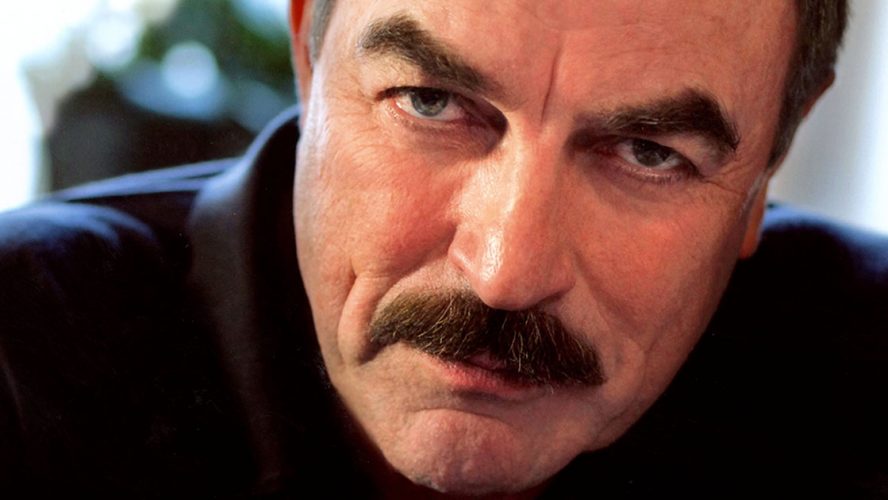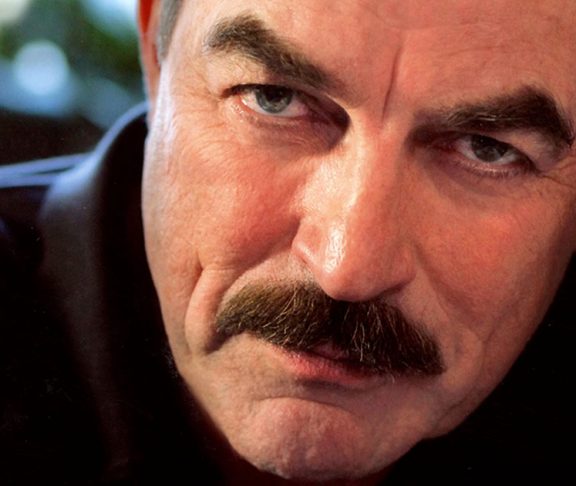Tom Selleck grew up hearing tales of WWII. His father, Robert, was a B29 mechanic in the Army Air Corps. His uncle Lyle went missing in action during the Battle of the Bulge, and his uncle George flew the Hump, the aviation route from India to China. “I knew that history. I knew the service,” the actor recalls.
Committed to serve
Selleck, beloved for his work on the long running series “Magnum, P.I.” and “Blue Bloods,” began acting while in college at University of Southern California. He found early success, starring in a Pepsi Commercial and, in 1967, landing a spot in 20th Century Fox’s selective “New Talent” program. But that same year, when it came time for his Vietnam commitment, Selleck didn’t hesitate, signing on for a 6 year commitment, from ‘67 to ‘73, with the California Army National Guard. “Being in the service at that time was kind of like being in the belly of the beast of that war,” he says.
After 6 months active duty, Selleck kept a uniform in the trunk of car, ready to serve when called. “It wasn’t the best thing for acting,” he remembers with a laugh, “especially when you had to get a military haircut, and no one was wearing their hair that way. You looked a little geeky for most parts.”
A lasting legacy
At age 35, Selleck got his big break when he was cast as Thomas Magnum in “Magnum, P.I.,” a series later recognized by the Smithsonian as the first to portray Vietnam veterans in a positive light.
The Emmy and Golden Globe Award Winner is overcome with emotion when he considers the part he’s been able to play in our nation’s treatment of Vietnam-era vets. “I was in “Magnum,” and I was a veteran, and something in that legacy made me fight. The message is never as important as your obligation to entertain,” he stresses, “But if you entertain people, you may earn the right to say something important occasionally.”
Continuing advocacy
We’ve come a long way, Selleck reflects. “We don’t blame the people who served for the mission that some politician sent them on. We thank them for their service.” But the battle for open understanding and acceptance of veterans isn’t over; The lines have simply shifted.
“We’re not hiring veterans,” says Selleck, who fears that, as a society, we’ve done such a good job shedding a light on the challenges of PTSD, we perceive our returning soldiers differently. “We consider the group as a whole to be coming back with damage,” he shares. “That’s not the fact. It’s not a failing to be diagnosed with PTSD, but most troops aren’t coming back with that.”
He recounts a story of helping steer the USS Ronald Reagan during its homeporting ceremony in San Diego and seeing 19 and 20 year olds running the aircraft carrier’s flightdeck. “The responsibility and training our veterans are getting makes them the most employable, the best hire you can possibly have.”
“Hire vets,” he concludes with confidence. “You couldn’t do better.”
Emily Gawlak, [email protected]

